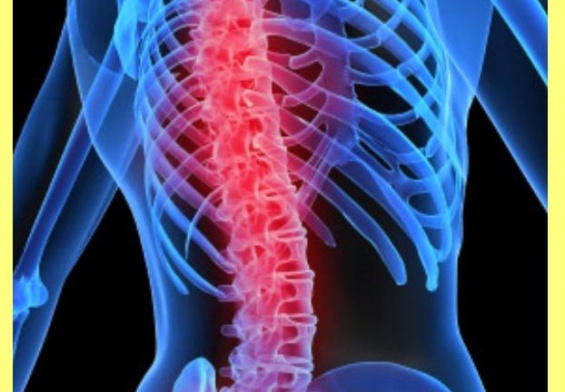Osteophytes, more commonly referred to as bone spurs, are enlargements that grow on the edge of a bone. Bone spurs can form on any bone in your body, but most often they are outgrowths on joints. Bone spurs can also occur on other areas of the body that are attached to bones, such as on muscle, ligaments, or tendons. Most bone spurs are outgrowths that show up on knees, heels, hips, necks, lower back, wrists, toes, feet, and hands. If there’s anything good to be said about bone spurs it’s that many people who have them don’t even know it, simply because they have no symptoms—no pain, no difficulty moving, etc. Of course, there are those who do know they have bone spurs because they have associated symptoms, such as pain, loss of motion or range of motion, numbness, or tenderness. Following is information from New Jersey spinal surgeons that will help to further explain bone spurs, their symptoms, causes, and treatment options. Of you think that you may have a bone spur contact a top spinal surgeon near you ASAP!
Causes
Bone spurs typically are caused by joint damage that occurs from osteoarthritis. Because this disease damages and reduces that cartilage that cushions the ends of bones that exist in joints, the body tries to accommodate by creating a bone spur near the area that is damaged.
Symptoms
Some people have bone spurs and never know it because they have no symptoms at all. However, bone spurs can and often do have associated symptoms. These include:
Pain
The most common symptom from a bone spur is pain that can range from mild to severe. Inflammation can occur in and around the area of a bone that contains such an outgrowth. If you are experiencing pain you don’t understand, particularly if it’s in an area of a joint such as a foot, wrist, lower back, shoulder, or knee, consult with a spinal surgeon near you who can perform a diagnostic that may explain your pain.
Tenderness and numbness
Tenderness and numbness are two significant symptoms that are often associated with bone spurs. And, while tenderness is often an outgrowth of pain regardless of your medical condition, numbness is not. Bone spurs that occur on vertebrae can impact the spinal cord, which can then lead to pinched nerves. This can cause numbness or even weakness that spreads through the arms or legs, and even into the hands and feet.
Loss of motion or range of motion
Another significant symptom that can occur due to a bone spur is loss of motion, or a reduction in range of motion. Depending on the area of your body where you have a bone spur, you may be having difficulty moving arms, legs, or other areas of your body to the extent you once could. You may also experience trouble extending your leg if you have a bone spur on your knee.
Diagnosis and treatment options
A spinal surgeon may be able to feel a bone spur without any diagnostic tests being done. If this is not the case, he or she will be able to diagnose a bone spur using x-rays or other diagnostic imaging tests that will enable viewing of the bones in and around the area where you hare experiencing symptoms.
Treatment options range from over-the-counter pain relievers such as Tylenol, ibuprofen, Aleve, and others. Pain relievers that are also anti-inflammatories can be an effective treatment for mild pain caused by bone spurs. Another treatment option available is physical therapy that includes cold packs, massage, and stretching exercises. Cortisone injections into the joint also can be an effective means of reducing pain and inflammation from bone spurs. For bone spurs that occur on the feet or heel, orthotics (inserts for shoes) or special pads may be prescribed, as they may help to alleviate pain. In some cases, conservative treatment may not be enough and a patient may need surgical intervention, particularly if loss of motion or a reduction in range of motion is involved. Surgery can be performed by a spinal surgeon in order to remove the bone spur, thereby alleviating or totally eliminating the pain.
One of the biggest problems about bone spurs is that you may have one and not even know it, even if you’re experiencing symptoms. If you have any of the symptoms mentioned above, consult with a spinal doctor near you who can perform tests, properly diagnose your medical issue, and recommend treatment options.



